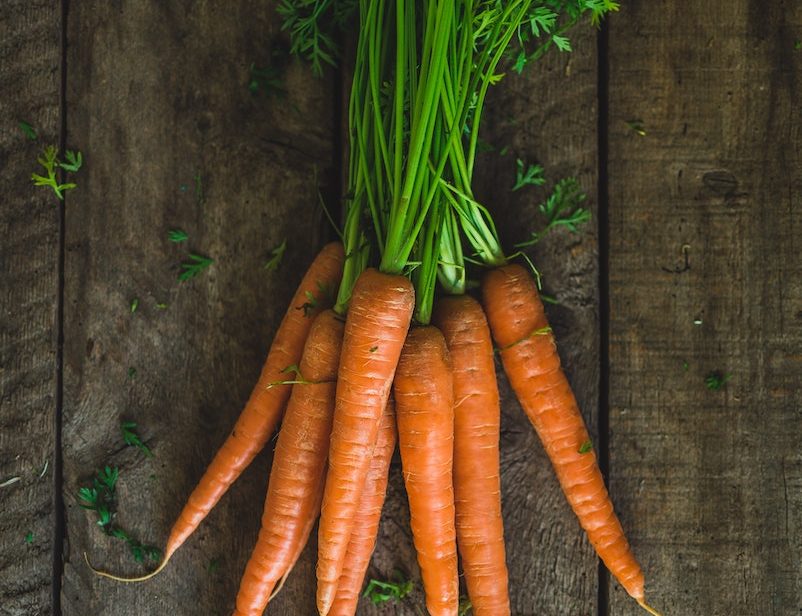Make the most of your vegetables
I can’t bear wasting food. That means I end up making the weirdest things to avoid throwing food away. So I was excited to learn that it’s possible to grow vegetables from scraps. What’s not to love about saving money, cutting down on food waste, and going that extra mile for sustainability? In this article, I’ll explore quick and easy ways to do just that.
Growing plants from the bits you don’t eat is nothing new. Gardeners will tell you they grow crops from a whole variety of different vegetable leftovers. Potatoes, onions, lettuce, garlic, celery, carrots, cabbage and herbs are a few examples that can be grown from scraps. And you can even grow things like tomatoes and peppers from seed.
Grow greens from scraps
Some of the easiest vegetables to grow from scraps are leafy greens. Simply cut off the bottom of your lettuce, spinach or cabbage around two and a half centimetres from the base. (It’s probably the bit you normally throw away).
Put it in a saucer, cut side up, in just over a centimetre of water, and voila! Top up the water regularly and watch your vegetable sprout new growth. You can also do this with bulb vegetables such as spring onions, leeks and fennel.
Renew your roots
When it comes to roots, it’s normal to eat the bottom part and throw away the top. But did you know that beetroot and turnip leaves are really tasty in salads? You can also make a tasty vegan carrot top pesto. Cut off the top, leaving just over a centimetre of the root. Then place it in shallow water, cut side down. Fresh leaves will appear in no time, and you can cut them off and eat them straight away.
Want more herbs?
It’s also easy to re-grow herbs. Put a ten-centimetre long stem of your favourite herb in a glass of water, making sure you don’t submerge the leaves. Put it in a bright space but out of direct sunlight. In a few days, you’ll see roots beginning to grow. When the roots are about two and a half centimetres long, put your new plant in soil—indoors or outdoors—and watch it thrive.
Effortless growing
Ginger is very easy to grow. But it’s a tropical plant so do keep it indoors. Just put the root in wet soil with the newest buds pointing upwards. You’ll see sprouting shoots, and after a few months, you can take pieces to eat. Cover what’s left with soil again so the root continues growing.
Save a garlic clove and plant it in soil, tapered end up. In six months you’ll have a full bulb of garlic! You’ll know it’s ready when the tops turn yellow and go floppy. You can plant your garlic head outside in autumn. Or grow it inside in a bright spot at any time of year.
If you have an outside space, you can transfer your brand new leafy and bulb vegetables to the garden once they’ve sprouted. And you can even collect seeds from your favourite organic vegetables and put them in the soil to see if they’ll grow.
How many vegetables you produce will depend on how much room you have. But don’t let a lack of space deter you. Even the smallest of spaces can yield a little something. And if you only have a small space, make it pretty by buying second-hand decorative saucers, glasses or pots.

